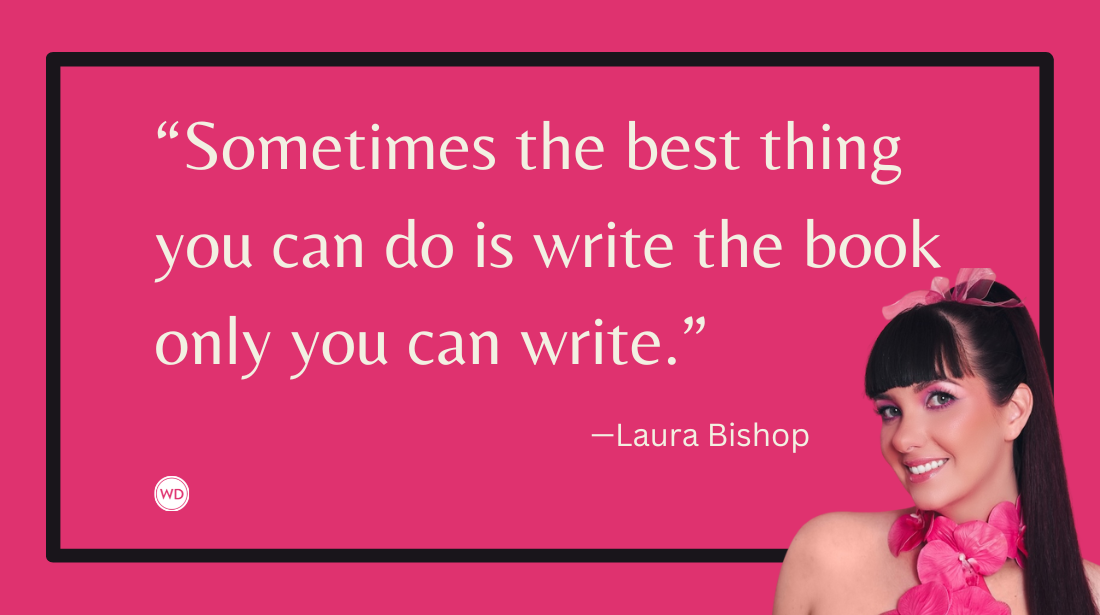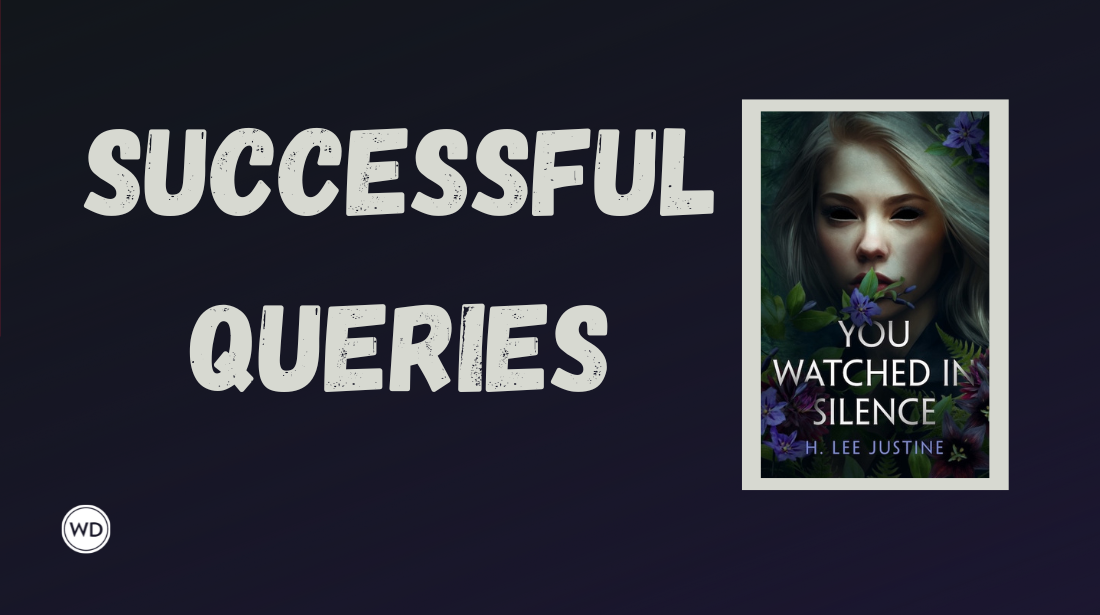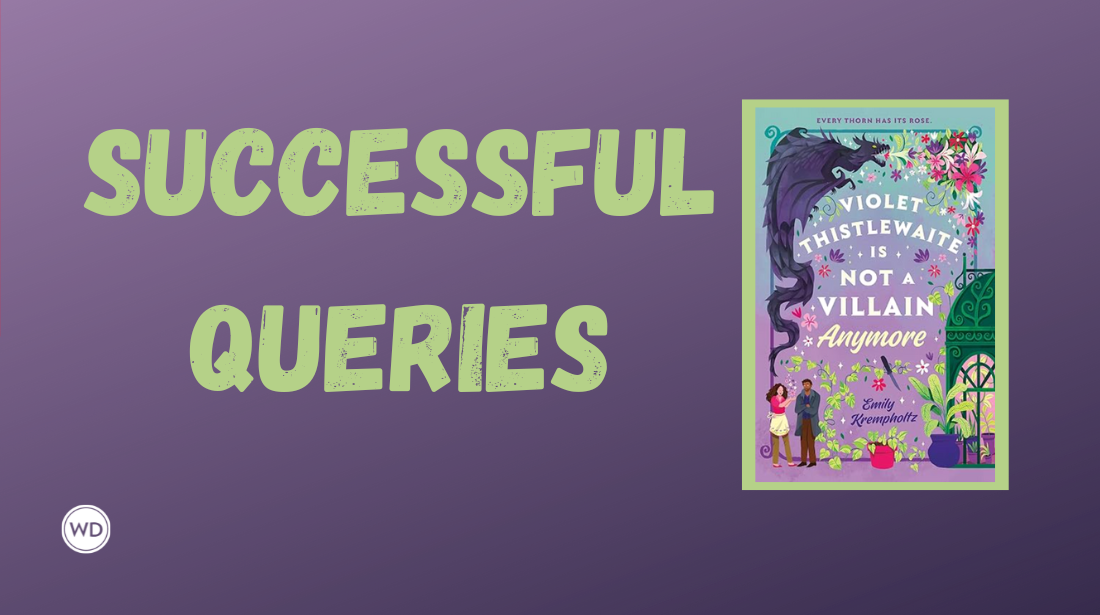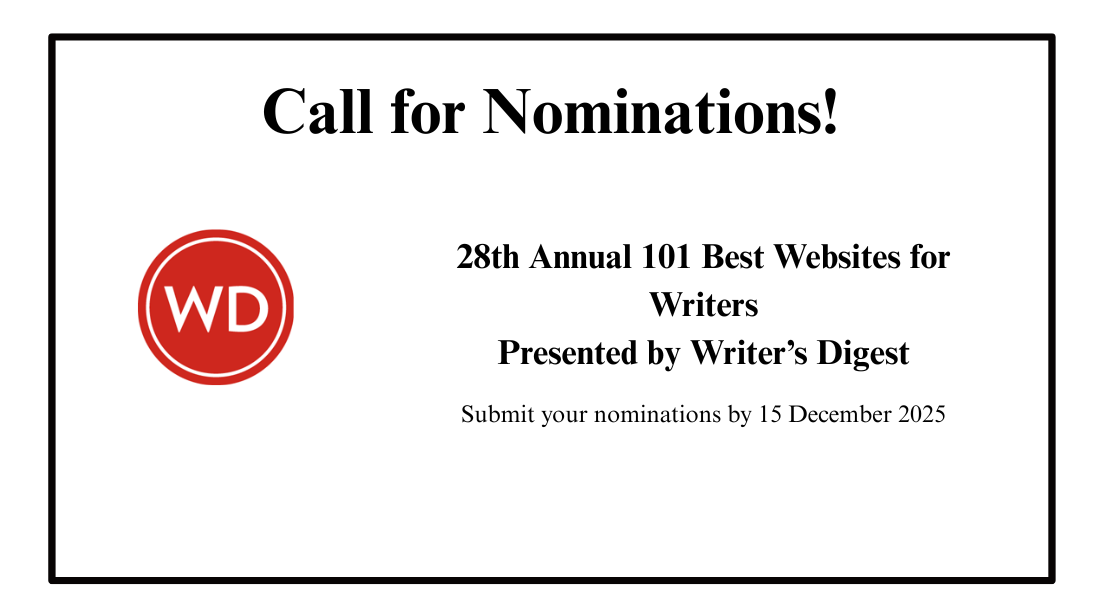Freelance Writing: 10 Ways to Satisfy Editors & Land More Assignments
Getting assignments right the first time is key to a successful freelance career. Here are 10 ways to satisfy editors from the start.
Recently, I was finishing up a profile about the CEO of an international wine company for a well-known magazine. This involved double-checking the contract I’d received for the assignment, especially the operative sentence dealing with the projected length, timing and content of the article and what I had to do to collect payment. It ended with the phrase, “including one round of revisions (if necessary).”
This was my ninth article for that publication, and though I have sometimes been asked to clarify or verify a point or fact, the editors have yet to invoke the “one round of revisions” clause. I work hard to keep it that way.
When it comes to nonfiction writing, I am a staunch Anti-Revisionist.
*****
In this live webinar taught by publishing industry expert Jane Friedman, you’ll learn the key foundations of every book marketing campaign but also how to develop a personalized framework that’s appropriate to your strengths and abilities.
*****
I should hasten to note that for those of us who specialize in nonfiction, there are “good” revisions as well as “bad” revisions. A good revision is when a publisher wants to update and issue a second edition of a book we have written, or when we have an opportunity to repurpose a magazine article and resell it elsewhere. In these cases, we love to revise! We get paid again without having to start a project from scratch, and it helps keep our résumés vital.
But we hate bad revisions—the ones editors ask us to do between the time we submit the manuscript and the time it’s published. It’s part of our job to honor such requests when they come, and to do so professionally and graciously. But prepublication article rewrites are time-consuming, often involve added expenses, can be annoying and ego-deflating and may, in some cases, kill the article if they drag on too long. And a messy revision process may make editors reluctant to give us additional assignments.
Through the years, I’ve developed a series of practices—a few of which came about after painful experiences—that have drastically cut the number of even minor revisions I’ve been asked to make. There’s no reason they won’t work for you, too.
1. Be certain your assignment is actually what you think it is.
It’s not uncommon to receive assignments that aren’t due until months after you and the editor first discuss them, which leaves plenty of time for details to grow hazy. A couple of years ago, I was chagrined when an editor flagged a long-assigned story on Beaujolais wine I’d just submitted. “I like this,” she said, “but it’s more of a travelogue and less facts than we agreed.” I checked our earlier email correspondence, discovered that she was right, and ended up rewriting three-quarters of the piece. Of course, I would have saved myself a lot of trouble if I’d reread our earlier exchanges before writing and submitting the piece. Lesson learned.
2. Give yourself a refresher on the editor’s preferences and the publication’s style.
Editors all have their likes and dislikes—preferring stories in the first person or not, hating stacked quotes, enjoying wordplay, detesting the overuse of punctuation and italics, and so on. If you write an article in a tone or style that doesn’t fit in, you risk having to revise it or being rejected outright. (Never forget that a piece can still be rejected after you’ve received an assignment. That’s what the “kill fee” clause in the contract is for.)
Even if you haven’t worked with an editor before, you can (and should) glean a lot about style preferences by studying the publication. Some weeks, I feel like a chameleon when I write in a declarative style for a trade publication, a chatty manner for a consumer mag and a succinct staccato for a fast-paced blog—but knowing when to change colors up front keeps me from having to dart back to my keyboard later.
3. Understand that getting the lede right can be more important than having a good outline.
If your lede isn’t strong and true to the article’s content, the article will be much more difficult to put together and the finished piece is likely to be disjointed. Whether you start with an array of statistics, an indicative anecdote, a poetic description or a simple overview, you should be able to emphatically say to yourself when the lede is done, “This is what this article is all about!” Once you’ve nailed the lede and followed up with a solid transition paragraph, the rest of the elements of the article should start falling into place.
4. Fine-tune as you write—not after you finish.
If I’m writing an article of any significant length (say, more than 500 words), I do the first draft over several sessions, not all at once. And every time I come back to it, I start again at the top, reading and revising until I get to the point where I left off. This allows me to more easily see areas that might need more validation or research while I still have time to do it, keeps me from repeating myself, and ensures that the copy flows smoothly.
5. Back it up.
An article that presents a lot of good points but is not fleshed out with examples, statistics and quotes from experts to validate those points is asking to be rewritten. But it’s also true that an editor is more likely to overlook some flaws—or even be unaware of them—if you are constantly feeding her (and thus the ultimate reader) a heady diet of interesting information. The greater gravitas you assume as a writer in full command of your subject—becoming not just a writer but an authority—the less an editor will want to tinker with your prose. Stuff your articles with solid quotes, facts and references, and you can’t go too far wrong.
6. Keep asking yourself: What am I missing?
Editors expect a story to be complete—that is, to not leave the readers with unanswered questions. If it’s not, expect a note about holes that need to be filled. A few days ago, I pitched an editor a piece on a growing trend in Burgundy for estate wineries to buy other growers’ grapes. The editor asked what would be covered, and knowing he likes quick, concise communications, I shot back a short note: “How large is the trend, its origins, the reasons why it’s being done, how it shows up on wine labels, what it means to consumers, pros and cons to winemakers.” Within minutes, I had a response: “Sounds comprehensive, go for it.” It was enough to win a green light, but I’ve since added a half-dozen other points to include—similar arrangements in other regions, where the trend is likely to lead, how it will affect other business practices—points that if not covered would likely cause the editor to ask for added material.
7. Challenge your own points with this: So what?
A lode of information is good, but being relevant is better. Constantly ask yourself the implications of details you present in an article—and then present those, too. In one piece, I thought I had myself covered by noting why characteristics of a wine grape grown in the Toro region in Spain were important. I wrote, “The secondary red grape, Garnacha (also known as Tinto Aragonés), buds early but ripens late; in years when it achieves full ripeness, it adds aromatics and a creamy texture to the finished wines.” The editor rightfully, and relevantly, asked, “What kind of aromatics?”
8. Search out contrary opinions and information.
Even if your article or essay has a point of view—and most of them do, whether you realize it or not—editors will want you to include contrary opinions. Partly it’s a matter of fairness, but mainly it’s a matter of thoroughness that will draw interesting feedback from readers rather than howls of outrage questioning the writer’s competence. Remember, a good debater doesn’t ignore his opponent’s arguments. He anticipates them, then systematically addresses and even deflates them.
9. Get a diverse sampling of sources.
I once successfully pitched an article on business professionals who “go country” and become farmers. I got the idea for the piece from an influx of such people near my home in Pennsylvania—but I knew that focusing the article there for a national magazine would result in a weak piece, one likely to be sent back by the editor as “too limited.” Instead, I tapped my professional network and social media to find other examples around the country, and carefully chose a range of sources from different regions and circumstances. In trend stories, the sample you present may be small, but an editor will insist on it being diverse.
10. Keep tabs on information that might change before publication.
The one time you want to revise is when the facts change between when you submit an article and when it’s published: E.g., a couple central to your story gets divorced, a featured pet dies, a court decision changes everything. It makes revising easier if you’ve been monitoring potential changes yourself and catch them before an editor does (or, worse, before you’re asked why you didn’t correct the piece before it was printed). Last-minute changes in circumstances can actually make your article better or more relevant—especially postscripts that reveal how something worked out, like those notes at the end of “based on a true story” films that tell what ultimately happened to the characters.
In business, this collective process is called “pressure testing”—aggressively challenging an idea or proposal to correct its weak points before presenting it to a boss, committee or client. Pressure testing isn’t perfect, but the more flaws you can eliminate before sending an article to your boss—the editor—the less likely you will get it back for revisions. And that makes for a more efficient, satisfying and profitable career in freelance writing.
Roger Morris is a Pennsylvania-based writer who specializes in articles on wine, food and travel. He regularly contributes to about 13 online and print publications, including Wine Enthusiast, Town & Country, The Daily Meal, Sommelier Journal, and USA Today’s Go Escape.









